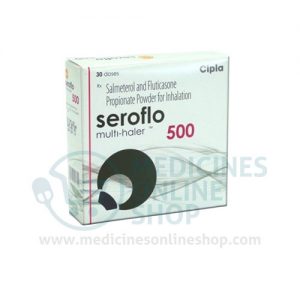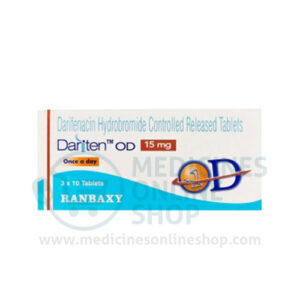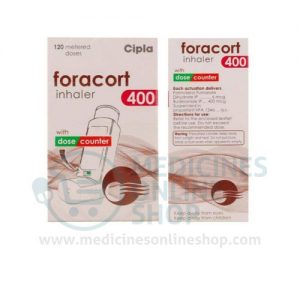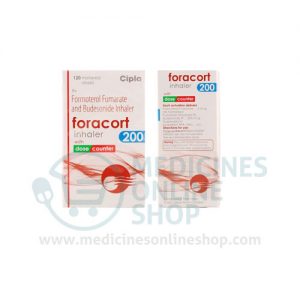Medication Safety Issues
Sound-alike/look-alike issues:
Spiriva may be confused with Apidra, Inspra, Serevent
Tiotropium may be confused with ipratropium
Storage/Stability
Spiriva HandiHaler: Store at 25°C (77°F); excursions permitted between 15°C and 30°C (59°F and 86°F). Avoid extreme temperatures and moisture. Do not store capsules in HandiHaler device. Store capsules in the blister pack and only remove immediately before use. Once protective foil is peeled back and/or removed, the capsule should be used immediately; if capsule is not used immediately it should be discarded.
Spiriva Respimat: Store at 25°C (77°F); excursions are permitted between 15°C and 30°C (59°F and 86°F). Avoid freezing.
Adverse Reactions
Non-postmarketing incidences listed are for powder for inhalation unless otherwise specified.
>10%:
Gastrointestinal: Xerostomia (powder and solution: 4% to 16%)
Respiratory: Upper respiratory tract infection (41% to 43%), pharyngitis (powder and solution: 7% to 16%), sinusitis (powder and solution: 3% to 11%)
1% to 10%:
Cardiovascular: Chest pain (powder and solution: ≤7%), edema (dependent, 3% to 5%), angina pectoris (1% to 3%; includes exacerbation of angina pectoris), palpitations (powder and solution: ≤3%), hypertension (solution: 1% to 2%)
Central nervous system: Headache (powder and solution: 4% to 6%), depression (≤4%), insomnia (powder and solution: ≤4%), paresthesia (1% to 3%), dizziness (powder and solution: ≤3%), voice disorder (powder and solution: ≤3%)
Dermatologic: Skin rash (powder and solution: 1% to 4%), pruritus (powder and solution: ≤3%)
Endocrine & metabolic: Hypercholesterolemia (1% to 3%), hyperglycemia (1% to 3%)
Gastrointestinal: Abdominal pain (5% to 6%), dyspepsia (1% to 6%), constipation (powder and solution: 1% to 5%), vomiting (1% to 4%), gastrointestinal disease (not otherwise specified; 1% to 3%), gastroesophageal reflux disease (powder and solution: ≤3%), oropharyngeal candidiasis (powder and solution: ≤3%), stomatitis (includes ulcerative stomatitis; powder and solution: ≤3%), diarrhea (solution: 1% to 2%)
Genitourinary: Urinary tract infection (powder and solution: 1% to 7%)
Hypersensitivity: Hypersensitivity reaction (powder and solution: ≤3%)
Infection: Candidiasis (3% to 4%), infection (1% to 4%), herpes zoster (powder and solution: ≤3%)
Neuromuscular & skeletal: Arthralgia (powder and solution: ≤4%), myalgia (4%), arthritis (≥3%), leg pain (1% to 3%), skeletal pain (1% to 3%)
Ophthalmic: Cataract (1% to 3%)
Respiratory: Rhinitis (powder and solution: ≤6%), epistaxis (powder and solution: ≤4%), cough (powder: ≥3%; solution: 1% to 2% ), flu-like symptoms (≥3%), bronchitis (solution: 3%), laryngitis (powder and solution: ≤3%), allergic rhinitis (solution: 1% to 2%)
Miscellaneous: Fever (solution: 1% to 2%)
<1%, postmarketing, and/or case reports: Abnormal hepatic function tests, anaphylaxis, angioedema, application site irritation (powder; includes glossitis, oral mucosa ulcer, pharyngolaryngeal pain), atrial fibrillation, blurred vision, bronchospasm, dehydration, dermal ulcer, dysphagia, dysuria, gingivitis, glaucoma, glossitis, hepatic insufficiency, hoarseness, increased intraocular pressure, intestinal obstruction (includes paralytic ileus), joint swelling, limb pain, muscle spasm, mydriasis (if powder comes in contact with eyes), oropharyngeal pain, paradoxical bronchospasm, skin infection, supraventricular tachycardia, tachycardia, throat irritation, tonsillitis, urinary retention, urticaria, xeroderma




